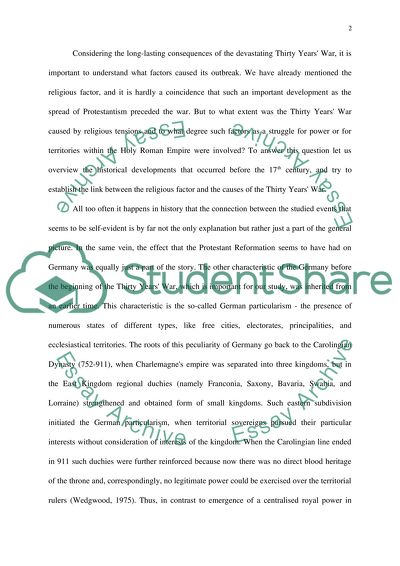Cite this document
(“Thirty Years' War caused by religious tensions Essay”, n.d.)
Thirty Years' War caused by religious tensions Essay. Retrieved from https://studentshare.org/history/1509555-thirty-years-war-caused-by-religious-tensions
Thirty Years' War caused by religious tensions Essay. Retrieved from https://studentshare.org/history/1509555-thirty-years-war-caused-by-religious-tensions
(Thirty Years' War Caused by Religious Tensions Essay)
Thirty Years' War Caused by Religious Tensions Essay. https://studentshare.org/history/1509555-thirty-years-war-caused-by-religious-tensions.
Thirty Years' War Caused by Religious Tensions Essay. https://studentshare.org/history/1509555-thirty-years-war-caused-by-religious-tensions.
“Thirty Years' War Caused by Religious Tensions Essay”, n.d. https://studentshare.org/history/1509555-thirty-years-war-caused-by-religious-tensions.


